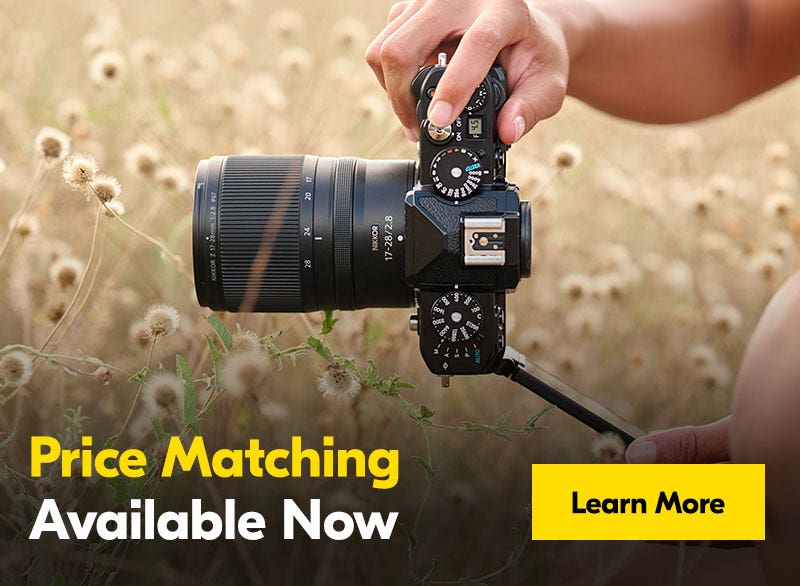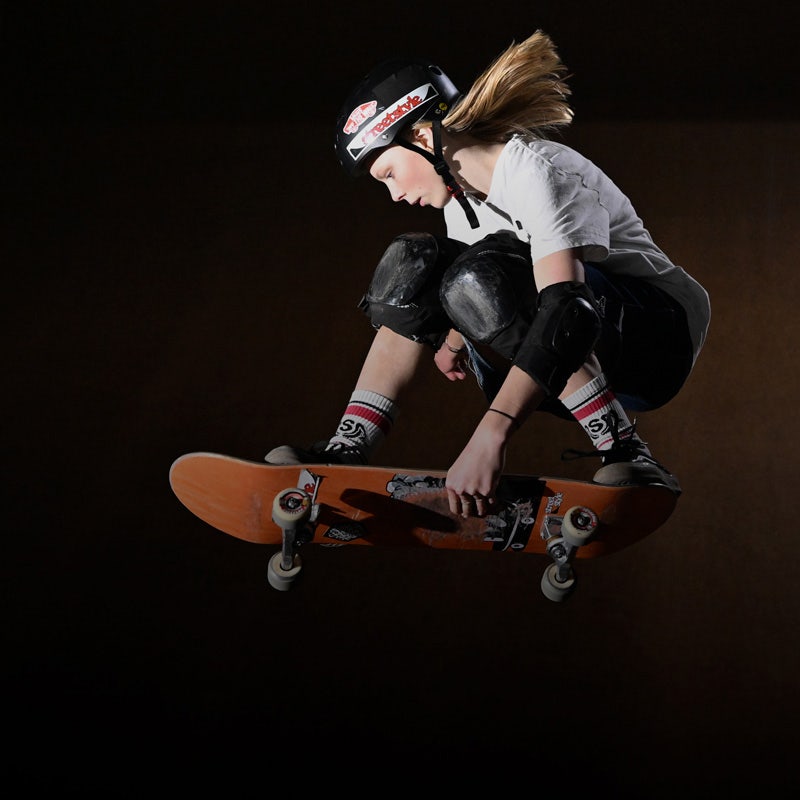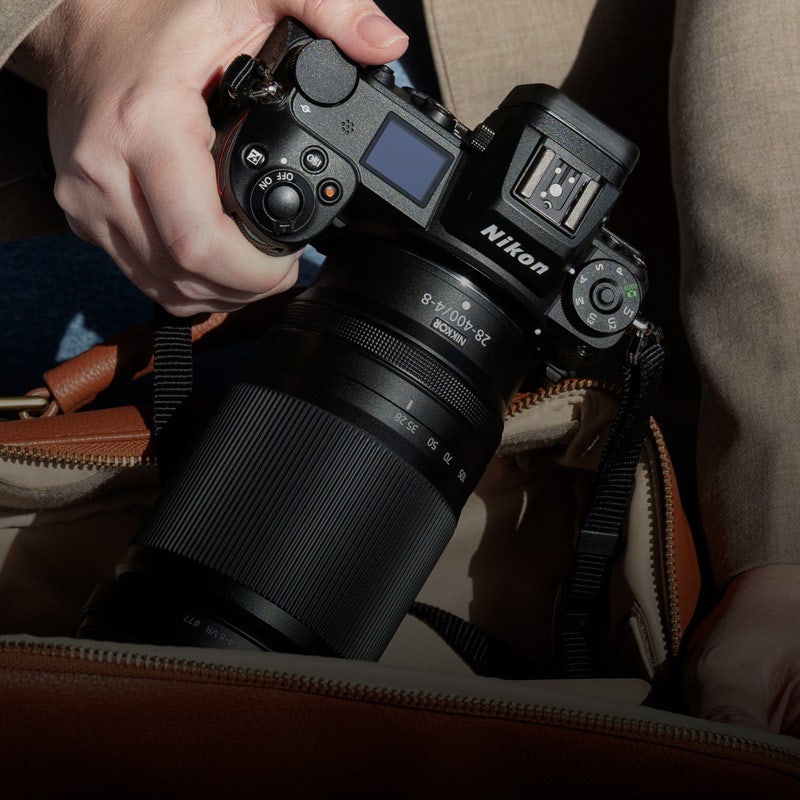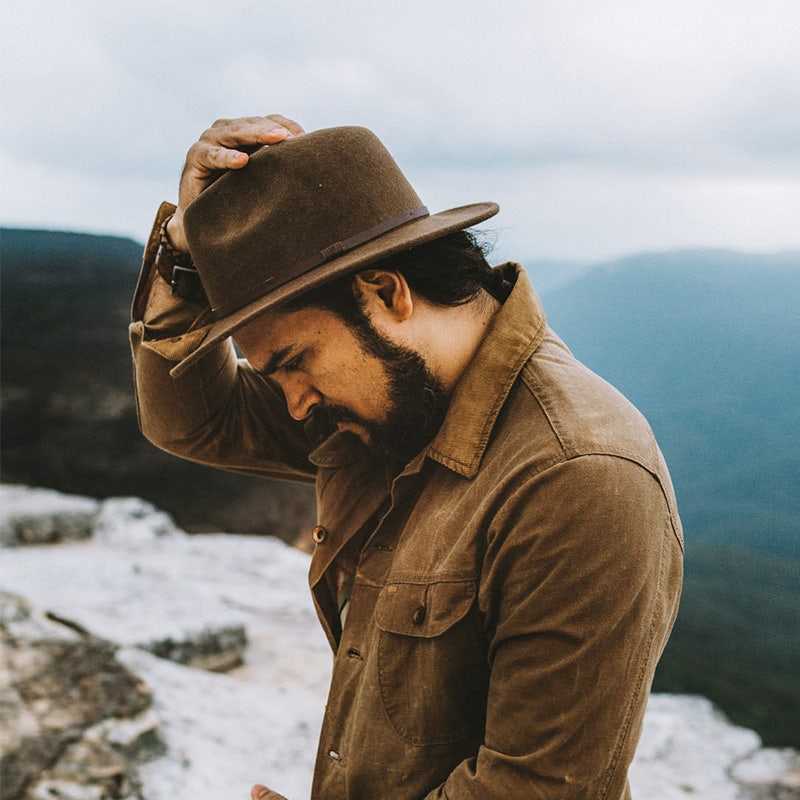Will Eades has got catching lightning in a bottle down to a fine art.
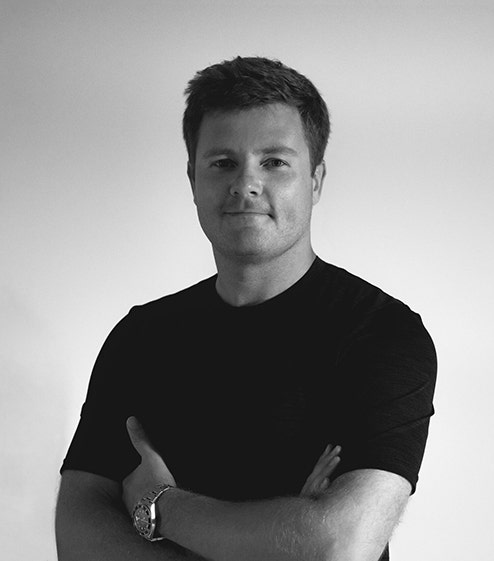
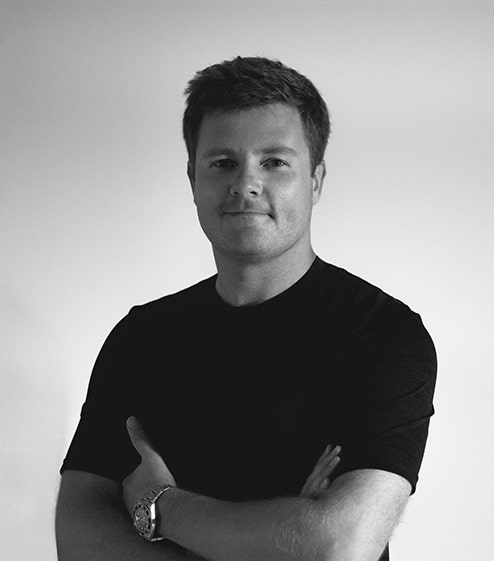
To say that Port Macquarie-based photographer Will Eades loves a good storm, would be a gross understatement. The man possesses an undeniable hunger for not only witnessing the often-unseen wildness of natural phenomena, but also for understanding, respecting and bringing it to life. Over the past 8 years, Eades has developed a finely tuned process of finding order in the chaos, fighting the unpredictable elements to be in the right place, just in case the skies decide it’s also the right time.
Eades’ otherworldly images have garnered both national and international attention, and prints of his output are hot-selling items. In 2020, his work was celebrated by The Bureau of Meteorology in 2020 and The World Meteorological Organisation. In 2021, he took out the top prize in the Scenic category at the inaugural Frank Hurley Photography Awards. A seasoned traveller, you’ll often find Eades chasing storms across continents or since the pandemic, capturing them over oceans off the NSW coast.
We sat down with Eades to find out about all-things storm photography and quickly learned there’s much more to it than meets the eye.
What ignited your passion for photography?
I’ve always been pretty creative and I’ve always been a fan of nature. I worked out on the water in my late-teens, early-20s, and I saw a lot of cool stuff – wildlife, sunsets, things like that. As you would expect, I wasn’t really happy with what my ancient camera phone was capturing (I can’t even remember what I had… it was one of the early ones, a Motorola I think?) Whatever it was, the camera wouldn’t have been more than 1.0 megapixels, so naturally I couldn’t get any decent shots.
From memory, that’s when I went on to eBay and bought a second-hand Nikon D60. That’s where it probably kicked off. And man, I sucked at the beginning. I was taking photos of magpies on fences. Like everyone does in the beginning, I’d say “I’m going to zoom in and take a photo of this pigeon” and it’s always rubbish.
Was it a pigeon or a magpie?
I think it was a magpie.
Pigeon is funnier.
Pigeons are pretty funny [chuckles]. It was all rubbish, you know. Pictures of my car. A Subaru Liberty, ’91 or ’92 model. Anyway, funnily enough, from there I got into capturing birds in flight. So, I went from shooting whatever, to peak difficulty. I don’t think there’s a harder discipline. Nailing a shot of a little bird going [mimes a bird zipping by]. I think I had a Sigma lens at that point and the optics were rubbish. Then I went to a Nikon 300 Prime, f/4, one of their old models. That’s when I started getting good results.
Then I got a teleconverter and that opened up a whole new world. Then I saved up for years and got a f/2.8, which was the holy grail for me, the ultimate purchase. $6,900!
I started to get better and went to Alaska. Captured bears, owls. A lot of people don’t realise that the storm thing has always been an interest separate to photography… and then things kind of merged when I began to understand everything else (composition, exposure, landscapes, astrophotography). I just challenged myself the whole way and then fell into storms. But it all started with wildlife.
Your subject matter is both unique and —if you can mind the pun— electric. What drew you to intense weather over more conventional forms of photography?
Well, wildlife became a bit too expensive. I wanted to see the big mammals. So, I travelled to places like Alaska and Canada. After seeing the landscapes up there I said to myself “okay, I’ve got to learn how to shoot these landscapes” and got into panoramic landscape photography.
When I arrived back to coastal NSW, I played around with capturing seascapes, trying to recreate the thrill you’d get from shooting, you know, a sunset over the Rocky Mountains. It just wasn’t doing it for me. Don’t get me wrong, there are some incredible seascapes, but I couldn’t get that particular landscape dynamic down.
But then some storms rolled through.
I’ve always been interested in weather systems and natural science. When those storms rolled through in March 2014, I captured them and enjoyed it. Then, a big one rolled through in mid-March and it was a showstopper. Once I shot it, I remember thinking that it was totally unique. It was never going to be replicated again. You can shoot the Matterhorn a hundred times in different light; it’s always going to be the Matterhorn. But with a storm, that’s it, you get one chance to get it. They’re fast moving. They shift and change. The light changes.
Seeing a sunrise or sunset over the Rockies, you think “how awesome is this?” and you get into it, but having a storm coming at you… it’s a whole other level of adrenalin, adventure and danger. To get the shot and get out of there, yeah [laughs], it’s an addiction and a passion. It’s incredible. The scientific side is fascinating too.
In what sense?
Well, just understanding what you’re seeing. You see a storm and it’s this vibrant green and you wonder why the heck is it so green? I started sharing my images to the Bureau of Meteorology and they started putting up these scientific explanations behind my shots. That’s when I really got interested in what I was photographing. Not just how cool it looked, but the distance of the lightning bolt, the shape of lightning bolts, the different types. People don’t often know this but there are different types: positive, negative, clear-air bolts, sprites, upward streamers, blue jets. All different types of lightning, aka electromagnetic discharge.
I’ve kind of become hooked, like with wildlife photography, with ticking types off the list. You’re always on the hunt for something unique, if you understand what you’re capturing. For example, they call a sprite “space lightning”, because it’s 90km up. It’s really high and it’s red... and kind of jellyfish-like in shape. You don’t even know you’ve captured it because it goes off in two milliseconds. It’s just cool when you see what the atmosphere can give you in that volatile, unstable time… it does weird things that you wouldn’t expect. re about bringing what they want to life. It’s very collaborative.
You mentioned that “showstopper” from March 2014, but is there a most memorable storm you’ve ever captured?
There was one, two months ago, that was the culmination of years learning how to predict and position myself in relation to the storm. Storms are dynamic, they move and change direction. They have a life cycle, where they build up, mature and dissipate. This particular storm came during a series of storms, but very, very quickly. These were some of the most spectacular lightning bolts I’ve ever seen, ever. The storm was moving across our position, so we weren’t really in danger, but the bolts dropped right in front of us. Picture having a tiger walk past you, as opposed to directly at you. That’s what it was like.
But as far as most memorable, there was one in North Dakota in 2017. We’d done a 10-hour day of driving, trying to chase the storm. We did everything right, we were with a great guide, but we arrived late. Our guide said “yeah, it’s a bust, some days it just doesn’t work out”. But we followed this dying storm anyway and set up hoping for some bolts. Knowing what I knew from shooting landscapes, what you’re looking for is cloud cover, but you want a gap in the west, so that when the sun hits down low on the horizon, all that sunlight comes through and lights the cloud up.
I’m standing there and watching on at the rear of this storm and it wasn’t that impressive. But then the clouds started to move in waves, really smooth and groovy waves, which I now know was a rare cloud formation called undulatus asperatus. I’m shooting it, looking at my watch, looking to the west and I notice a gap. I say “guys, I think this thing’s about to light up”.
The whole sky exploded. It went red and orange and moved into these waves and it was definitely the most memorable. If you had seen it, you would have thought you were on another planet. It made the whole trip worth it. I’ll never forget it.
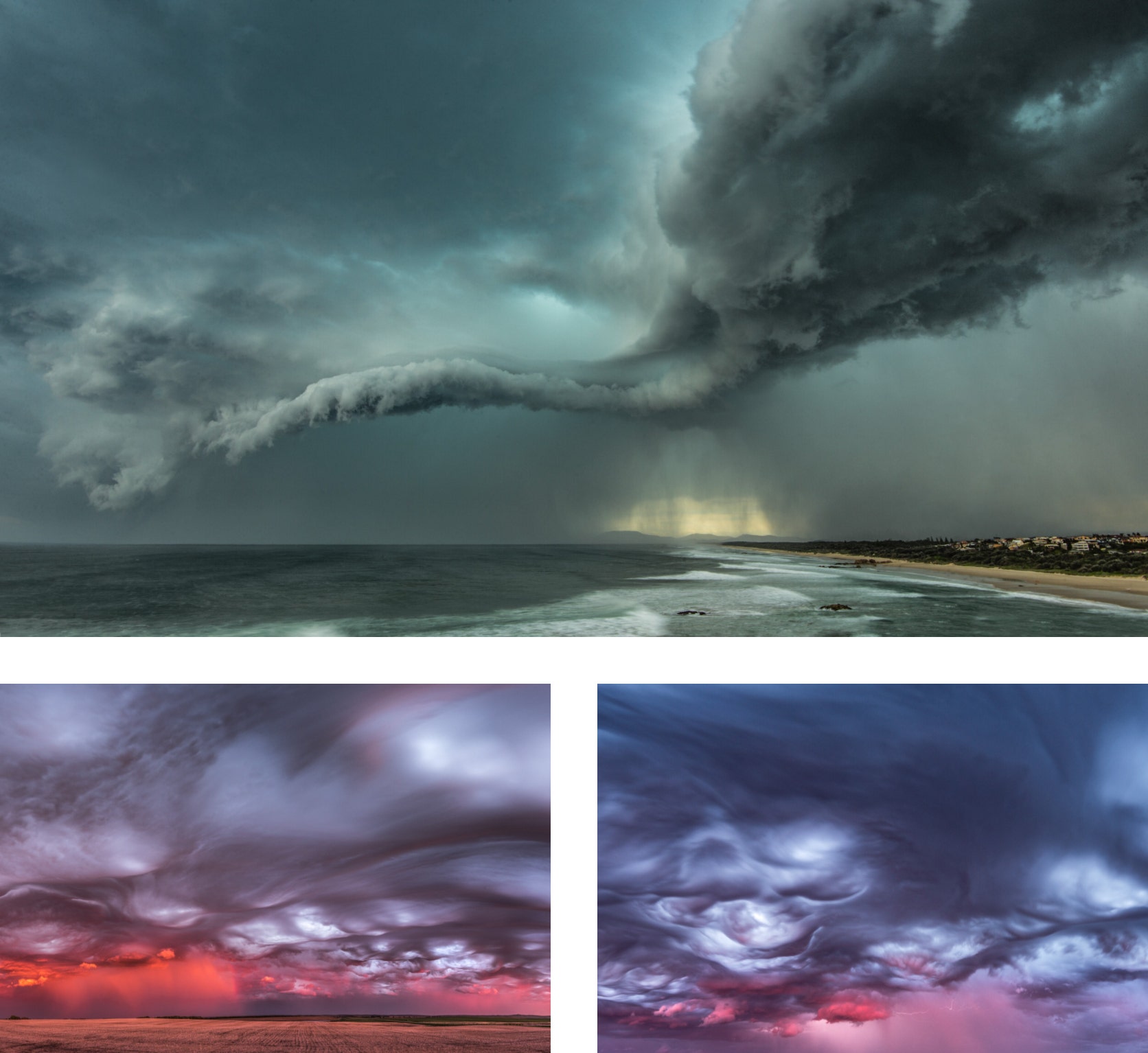
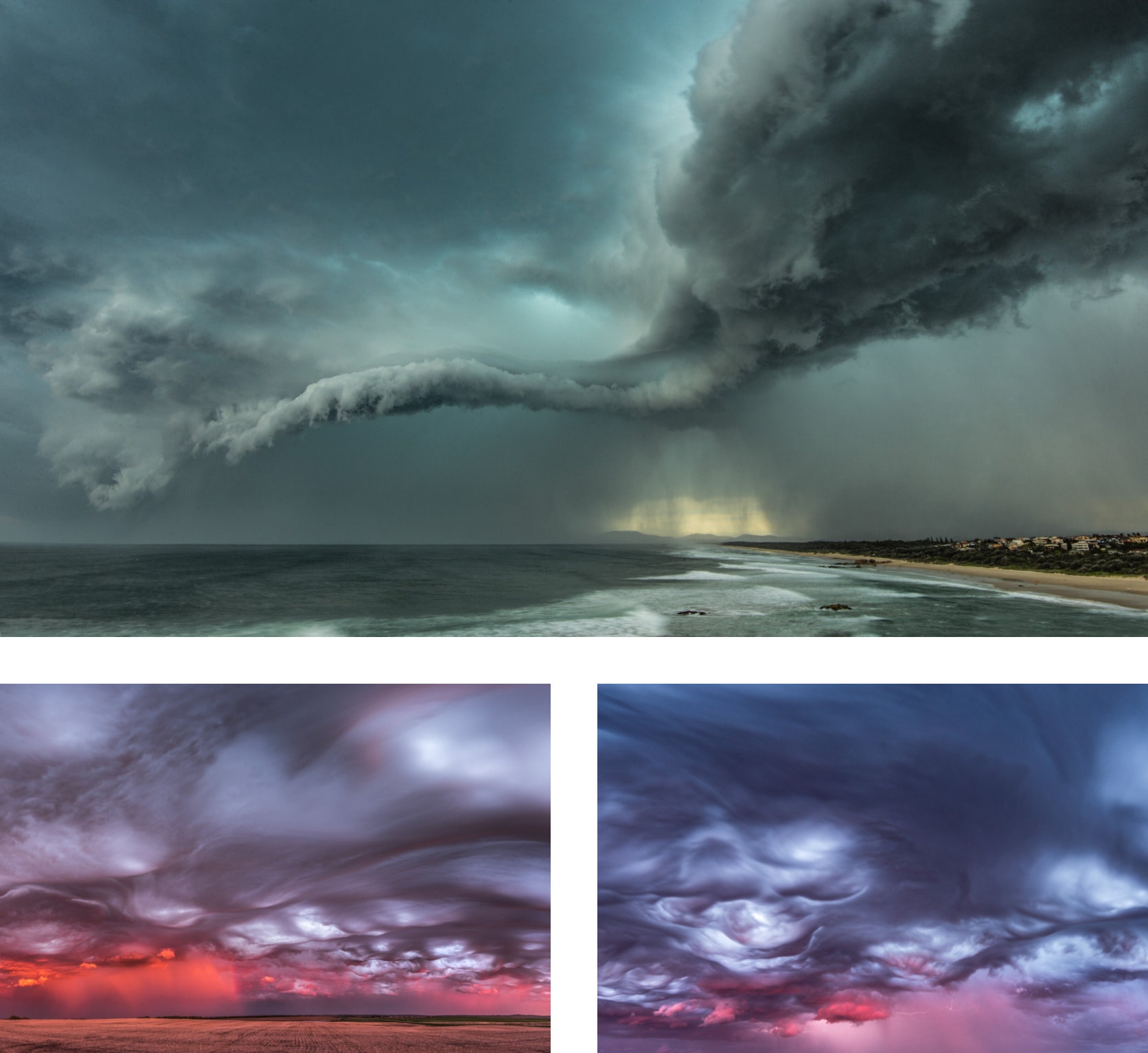
Images by Will Eades
Now that I’ve heard you go into detail about your craft, I realise it’s far more complicated than this question suggests, but humour me. A storm is brewing outside your window, and quickly. Which camera body and lens(es) are you grabbing on your way out?
[Laughs] How close is the storm? What month is it? No, I’d go straight for the Nikon Z 7 Mirrorless with my NIKKOR Z 14-24mm f/2.8 S lens. That’s the combo. And the reason for that is that you’ve got serious weatherproofing on the Z 7 and the lens, so they’ll hold up under basically any kind of punishment. With storms, that’s one of reasons that I love shooting with Nikon is that their weather sealing is so good. Wind, dust, whatever you get. And you get a lot of dust in storms, people don’t realise.
With the 14mm focal length, you can get everything in the frame. If there’s a big storm containing huge structures, you get everything in. With 24mm, you can go in a little tighter and still get a wide view. With this lens, you’re greatly increasing your chances of capturing lightning too and getting some keepers.
Do you have a favourite image that you’ve ever captured?
Not really. There have been too many and I like a lot of them for different reasons. Some of my most popular ones, I hate for as many different reasons… because they either contain imperfections or I’ve got something wrong… like too much noise. But, you’re your own worst critic, yeah?
What’s the relationship between your hometown of Port Macquarie and your craft?
Everyone thinks it’s a storm hotspot but that’s just my fault for chasing every blip on the radar. I’m pretty grounded here. These days, with work, I can chase a small distance but I can’t drive inland for six hours like the guys in Brisbane. But I use different apps and online modelling just to see what’s coming our way, and I go and set up on the coast. Coastal shots, which not a lot of people do, have kind of become the most recognisable aspect of my work in recent years, because I haven’t been able to travel. They’re unique because you have water underneath the storms, so there’s reflection of the lightning.
In other words, when I’m home, I’m the world’s only ‘storm waiter’. I wait for the storms; I don’t chase them.
Can you offer three tips for those who want to get into storm photography?
Okay. Tip one would be, prediction. Check the forecast for the next week and see what’s coming up. Any old weather app will tell you. You know, you’ll see a little lightning bolt and it will say “storms on Wednesday”. So, before Wednesday, you’ll charge your batteries, get your camera and tripod ready (you need a tripod to shoot storms). It might be a fizzer or it might be epic but what you need to do either way is keep your eye on the radar. Storms have got a signature on radar. You’ll see a big cluster of different colours that represent the intensity and height of the storm. The higher it goes, the colder it goes. The colder it goes, the more hail, friction, lightning and awesomeness comes out of it. And the most reliable source is the Bureau of Meteorology’s radar loop.
If number one is knowing when the storm’s coming then number two is location scouting - you need to have a good location to shoot that storm. Those two need to come together because otherwise you’re going to miss the storm or you’ll be standing in a car park at Coles and you’ll end up with an image of half a lightning bolt. For location scouting, you want to get nice and high and have a nice, big view. On the coast, over the ocean is great. There are no obstructions. Farmland is great, so are deserts. Any kind of flat landscape is good. Mountainous is fine, but you need a decent distance between you and when the lightning is going to hit. I would recommend scouting out a few good locations close to home to cover all contingencies. If you’re chasing long distance, then you need to roll with the punches and pick the best spot you can on the fly.
Number three —without going into settings, because that’s quite complicated— is always having an escape route. You always have to consider safety with this stuff because, well, storms are really dangerous. When you get in position and the storm’s coming through and you’re getting all the shots you want and you’re like “how good is this? This is perfect”, you can’t forget how dangerous these things can be. You don’t hang around until the storm’s right overhead. That’s the most dangerous time. And you can’t shoot a storm by then anyway, it’s raining. It’s too…big, so you’re not going to see structure, you’ll just see a big cloud mass. And that means you’re that much more likely to get hit by lightning or hail.
Has that ever happened to you?
I’ve been hit by hail plenty of times. So has my car. Ruined a rental car once. Lightning? Very close. Say, about 100 metres. Your hair starts to… let’s just say you feel it. You actually feel it. And the thunder is instantaneous. You don’t have to wait. It just goes bang.
So, you’ve got to have an escape route. There’s your car. Your car is safe, at least from lightning. It acts as a faraday cage. Or…any kind of shelter. You don’t want to be standing under a tree, obviously, (they explode when they’re hit by lightning) but any kind of indoor shelter. And if you’re in your car, you want the windows wound up. You don’t want to be hanging out of the window taking photos.
All in all, you’ve found your way into this awesome spot. Great. But make sure you’re not cut off from your escape route. You want to be able to move to safety relatively quickly.
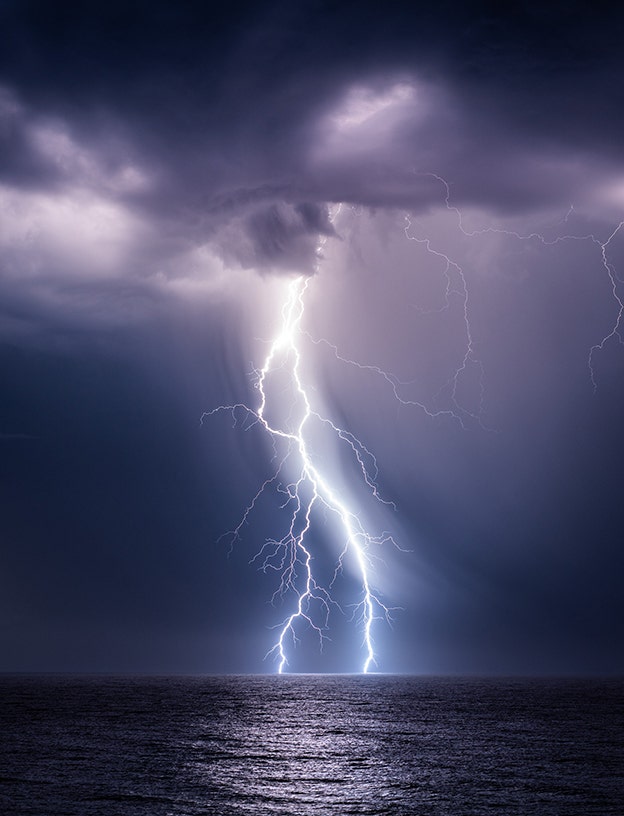
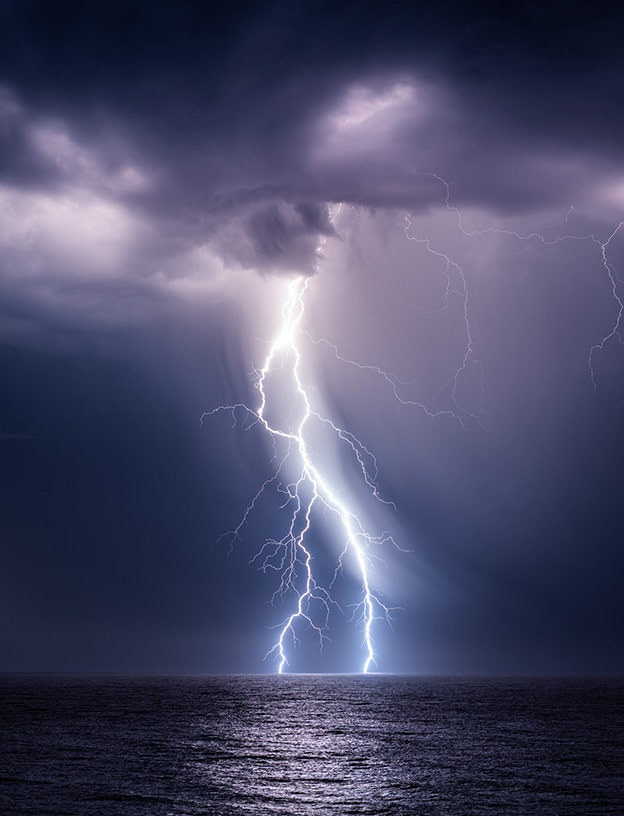
Images by Will Eades
What would you say to a budding photographer concerned with making photography their primary source of income?
To understand that, you’ve got to consider that most people are going to pay for what they need rather than what they want. You see some incredible photos out there, taken by incredible photographers. World renowned, even. Knowing some of these people personally, many of them make the bulk of their income through tutorials, both in person and more recently, online. And a lot of them are wedding and real estate photographers on the side, because people need those images. Some photographers are affiliated with different companies and sponsorship helps, but it’s a hard industry to crack.
So, the idea of becoming this self-sustaining photographer that chooses what they want to shoot, when they want to shoot it, and earns fantastic money, is rare. It does exist, but most people have a boss. People used to hit me up all the time to use my images for free. I used to do it, you know, bit of credit here and there. But these days… you put so much time and effort into it and sometimes it takes months to get a decent shot, so I would encourage anyone taking great photos to ensure they’re paid for their hard work. Sometimes credit is great and worth it by itself, but to make photography your primary source of income, you obviously need to monetise your work at some stage. Don’t be afraid to ask.
What is something you wish you knew back when you first discovered your passion for photography?
I would definitely have placed more emphasis, in the start, on thoroughly understanding the exposure triangle. That is, focusing on learning the relationship between aperture, shutter speed and iso. It makes things so much easier.
If we were to peek inside your gear bag, what would we find?
My gear bag runs two bodies with various lenses ranging from ultra-wide to telephoto:
Z System
Z 7 Body
Z 14-24 f/2.8 S
Z 20 f/1.8 S
Z 50 f/1.8 S
Z 70-200 f/2.8 S
FTZ Adaptor
FX System
D850 Body
14-24 f/2.8 G
50 f/1.8 G
70-200 f/4 G
What made you choose Nikon?
Nikon has designed the highest quality gear for decades, both in terms of bodies and lenses. The builds and ergonomics are second to none. The gear is solid in the hand, weather-sealed, and responsive, which means I can shoot in the harshest conditions with confidence. I’ve had cameras blown over from supercell storms, shot for days in the pouring rain, and even had my gear impacted by large hail, but after all that nothing seems to stop my Nikon from nailing the shot. The superior sharpness and range of Nikon optics means there is a lens for every subject, and the new Z system has only improved on this foundation, with more compact bodies housing cutting edge features, and even sharper lenses taking the ease and enjoyment of shooting to the next level.

